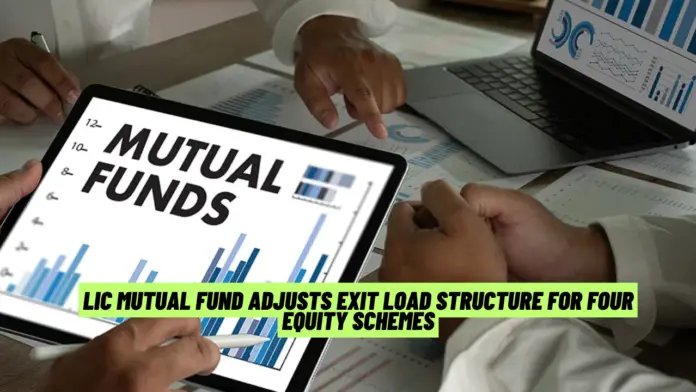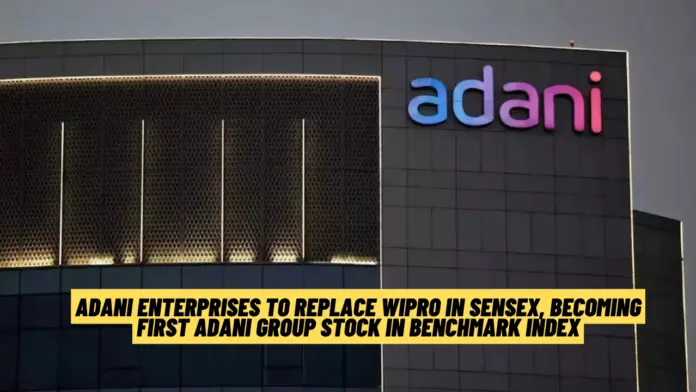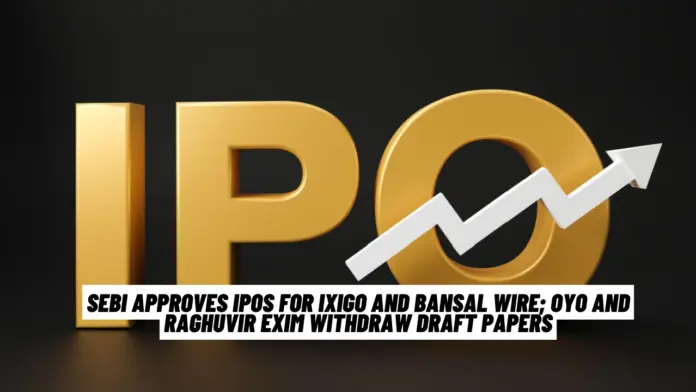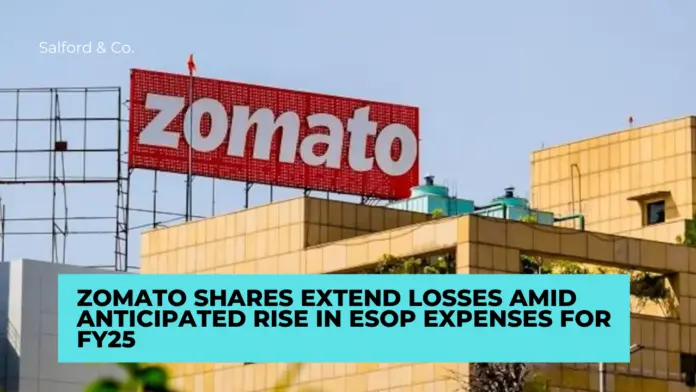LIC Mutual Fund has announced changes to the exit load structure for four of its equity schemes. This move is designed to align the funds with current market trends and encourage investors to adopt a long-term investment approach.
Details of Exit Load Changes
| Scheme name | Existing exit load | Revised exit load |
|
LIC MF Large Cap Fund
|
12% of the units allotted shall be redeemed or switched out without any exit load, on or before completion of 12 months from the date of allotment of units.
1% on remaining units if redeemed or switched out on or before completion of 12 months from the date of allotment of units Nil, if redeemed or switched out after completion of 12 months from the date of allotment of units
|
12% of the units allotted shall be redeemed or switched out without any exit load, on or before completion of 3 months from the date of allotment of units. 1% on remaining units if redeemed or switched out on or before completion of 3 months from the date of allotment of units. Nil, if redeemed or switched out after completion of 3 months from the date of allotment of units.
|
|
LIC MF Large & Mid Cap Fund
|
12% of the units allotted shall be redeemed or switched out without any exit load, on or before completion of 12 months from the date of allotment of units. 1% on remaining units if redeemed or switched out on or before completion of 12 months from the date of allotment of units.
Nil, if redeemed or switched out after completion of 12 months from the date of allotment of units.
|
12% of the units allotted shall be redeemed or switched out without any exit load, on or before completion of 3 months from the date of allotment of units.
1% on remaining units if redeemed or switched out on or before completion of 3 months from the date of allotment of units.
Nil, if redeemed or switched out after completion of 3 months from the date of allotment of units |
|
LIC MF Flexi Cap Fund |
12% of the units allotted shall be redeemed or switched out without any exit load, on or before completion of 12 months from the date of allotment of units.
1% on remaining units if redeemed or switched out on or before completion of 12 months from the date of allotment of units.
Nil, if redeemed or switched out after completion of 12 months from the date of allotment of units.
|
12% of the units allotted shall be redeemed or switched out without any exit load, on or before completion of 3 months from the date of allotment of units. 1% on remaining units if redeemed or switched out on or before completion of 3 months from the date of allotment of units. Nil, if redeemed or switched out after completion of 3 months from the date of allotment of units. |
|
LIC MF Aggressive Hybrid Fund (Erstwhile LIC MF Equity Hybrid Fund) |
12% of the units allotted shall be redeemed or switched out without any exit load, on or before completion of 12 months from the date of allotment of units.
1% on remaining units if redeemed or switched out on or before completion of 12 months from the date of allotment of units.
Nil, if redeemed or switched out after completion of 12 months from the date of allotment of units.
|
12% of the units allotted shall be redeemed or switched out without any exit load, on or before completion of 3 months from the date of allotment of units.
1% on remaining units if redeemed or switched out on or before completion of 3 months from the date of allotment of units.
Nil, if redeemed or switched out after completion of 3 months from the date of allotment of units. |
Reasons for the Change
Aligning with Market Trends
The primary reason for this change is to align the exit load structure with prevailing market trends. Many mutual funds are adjusting their fee structures to remain competitive and attract more investors.
Encouraging Long-Term Investments
By implementing this new exit load structure, LIC Mutual Fund aims to encourage investors to hold their investments for a longer period. This approach not only benefits investors through potential capital gains but also stabilizes the fund’s asset base.
Impact on Investors
Short-Term Investors
Short-term investors who frequently redeem their units within a year will be most affected by the new exit load. The 1% fee will act as a deterrent, potentially reducing the volume of short-term redemptions.
Long-Term Investors
Long-term investors stand to benefit from this change as they will not incur any exit load if they hold their investments for more than a year. This policy rewards patience and encourages a more disciplined investment approach.
Comparison with Previous Exit Load Structures
Previous Exit Load Details
Under the previous structure, the exit load varied across different schemes and redemption timelines. Some schemes charged a higher exit load for redemptions within shorter periods, while others had more lenient policies.
Differences and Similarities
The new structure simplifies the exit load across the affected schemes, making it more uniform and easier for investors to understand. The primary similarity remains the imposition of a fee for early redemptions to discourage frequent trading.
Market Reactions
Investor Sentiment
Investor sentiment has been mixed. While some appreciate the clarity and encouragement for long-term investment, others, particularly those who prefer short-term trading, may find the new exit load restrictive.
Effect on Fund Performance
The long-term impact on fund performance is expected to be positive. By reducing short-term redemptions, the funds can maintain a more stable asset base, potentially leading to better performance and lower volatility.
Expert Opinions
Financial Analysts’ Views
Financial analysts generally view the change favorably. They believe that a uniform exit load structure can simplify decision-making for investors and promote healthier investment habits.
Industry Experts’ Perspectives
Industry experts agree that encouraging long-term investments is beneficial for both investors and fund managers. They highlight that such measures can lead to more sustainable growth and stability within the funds.
Quick Review:
Q: What recent change has LIC Mutual Fund announced?
A: LIC Mutual Fund has announced a change in the exit load structure for four of its equity schemes.
Q: Which equity schemes are affected by this change?
A: The affected schemes are:
LIC MF Large Cap Fund
LIC MF Tax Plan
LIC MF Infrastructure Fund
LIC MF Equity Hybrid Fund
Q: What is the new exit load structure for these schemes?
A: The new exit load structure imposes a 1% exit load if units are redeemed within one year from the date of allotment. No exit load will be charged if units are redeemed after one year.







